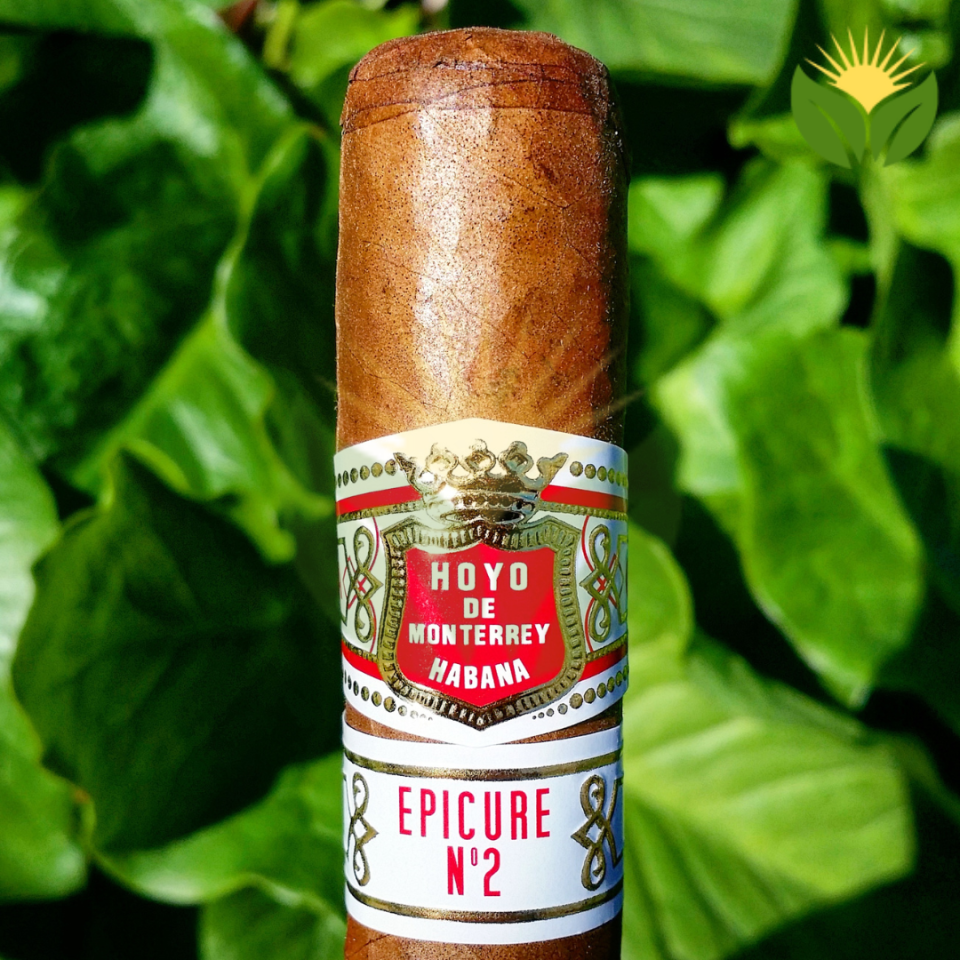For cigar aficionados, Cuba and its capital city Havana are synonymous with the world’s finest cigars. The island nation has a long and storied history of cigar production that dates back centuries, and the legacy of Cuban cigars is one that continues to captivate smokers around the globe. In this article, we’ll take a deep dive into the fascinating history of Cuban cigars and explore how Havana became the epicenter of the cigar world.
What Makes Cuban Cigars So Special?
Cuban cigars are widely regarded as the best in the world, and for good reason. The island’s unique climate and soil conditions are ideal for growing high-quality tobacco, and Cuban cigar rollers have honed their craft over generations. Cuban cigars are known for their rich, complex flavors and smooth draw, and many aficionados consider them the pinnacle of the cigar world.
The History of Cigar Production in Cuba
Cigar production in Cuba dates back to the 16th century, when Spanish settlers first introduced tobacco to the island. Over time, Cuban cigars gained a reputation for their exceptional quality, and by the 19th century, Havana had become the world’s leading producer of cigars. Many of the most famous Cuban cigar brands, such as Cohiba, Montecristo, and Partagás, were established during this period.
How the Cuban Revolution Impacted the Cigar Industry
The Cuban Revolution of 1959 brought sweeping changes to the island’s cigar industry. Fidel Castro nationalized Cuba’s cigar factories and established a state-run monopoly over cigar production. Many of Cuba’s most skilled cigar rollers fled the country, and the quality of Cuban cigars suffered as a result. However, in recent years, the Cuban government has invested heavily in the cigar industry, and Cuban cigars have regained much of their former glory.
The Art of Cuban Cigar Rolling
Cuban cigar rolling is a time-honored tradition that requires great skill and patience. The process begins with the selection of the finest tobacco leaves, which are then carefully sorted and graded. The leaves are then rolled into cigars entirely by hand, using techniques that have been passed down through generations. It can take years of training to become a master cigar roller, and the best rollers are highly respected within the industry.
The Different Types of Cuban Cigars
There are many different types of Cuban cigars, each with its own unique flavor profile and characteristics. Some of the most famous Cuban cigar brands include:
- Cohiba: Known for its rich, complex flavors and smooth draw
- Montecristo: A classic Cuban cigar with a medium to full-bodied flavor
- Partagás: Known for its bold, spicy flavors and strong aroma
- Romeo y Julieta: A milder cigar with a subtle, nuanced flavor profile
How the U.S. Embargo Has Affected Cuban Cigars
The U.S. embargo on Cuba, which has been in place since 1962, has had a significant impact on the Cuban cigar industry. The embargo prohibits the import of Cuban cigars into the United States, which has historically been one of the biggest markets for Cuban cigars. As a result, many Cuban cigar brands have had to focus on other markets, such as Europe and Asia.
The Future of Cuban Cigars
Despite the challenges posed by the U.S. embargo and other factors, the future of Cuban cigars looks bright. The Cuban government has invested heavily in the industry in recent years, and there is a new generation of skilled cigar rollers who are carrying on the island’s proud tradition of cigar production. As long as there are aficionados who appreciate the rich flavors and history of Cuban cigars, Havana will continue to be the world’s cigar capital.
Conclusion
In conclusion, the history and legacy of Cuban cigars is a fascinating one that spans centuries. From the early days of Spanish colonization to the present day, Cuba has been at the forefront of the cigar world, producing some of the finest cigars ever made. Whether you’re a seasoned aficionado or a curious newcomer, exploring the world of Cuban cigars is an experience that is not to be missed. So the next time you light up a Cuban cigar, take a moment to appreciate the rich history and tradition that goes into every puff.
Key Takeaways
- Cuban cigars are widely regarded as the best in the world due to the island’s unique climate and soil conditions and the skill of Cuban cigar rollers.
- Cigar production in Cuba dates back to the 16th century, and Havana has been the world’s leading producer of cigars since the 19th century.
- The Cuban Revolution of 1959 brought significant changes to the island’s cigar industry, including nationalization of cigar factories and the establishment of a state-run monopoly.
- Cuban cigar rolling is a time-honored tradition that requires great skill and patience, with the best rollers highly respected within the industry.
- There are many different types of Cuban cigars, each with its own unique flavor profile and characteristics, including famous brands like Cohiba, Montecristo, Partagás, and Romeo y Julieta.
- The U.S. embargo on Cuba has had a significant impact on the Cuban cigar industry, prohibiting the import of Cuban cigars into the United States.
- Despite challenges, the future of Cuban cigars looks bright, with significant investment from the Cuban government and a new generation of skilled cigar rollers carrying on the island’s proud tradition.

